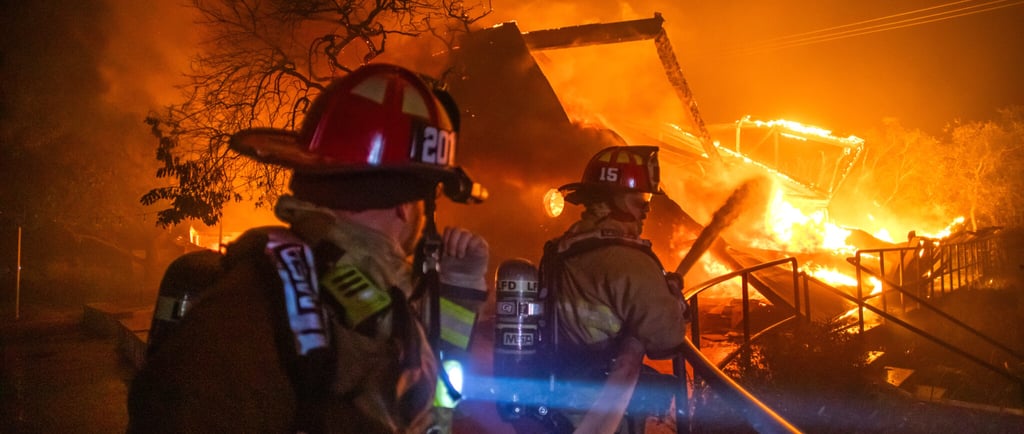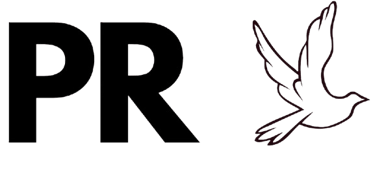California Fights Wildfire Misinformation with New Fact-Checking Initiative
California launches California Fire Facts, a new initiative to combat wildfire misinformation by providing real-time updates, fact-checking false claims, and promoting responsible crisis communication.
David Lee
2/5/20252 min read


In an era where information spreads rapidly across digital platforms, misinformation has become a major challenge—especially during times of crisis. One of the most pressing issues in recent years has been the spread of false or misleading information regarding wildfires. To combat this growing problem, California has launched California Fire Facts, a new fact-checking initiative designed to provide accurate and real-time updates on wildfires across the state.
The Growing Threat of Wildfire Misinformation
Wildfires have become a frequent and devastating occurrence in California, destroying homes, displacing families, and endangering lives. However, beyond the physical threat of wildfires, misinformation poses an equally significant risk. False narratives, misleading social media posts, and exaggerated claims can lead to unnecessary panic, misallocation of resources, and delays in effective emergency response.
During past wildfire seasons, misinformation has ranged from fake evacuation orders to conspiracy theories about the causes of the fires. Some social media posts have even wrongly blamed specific communities or organizations for starting wildfires, fueling division and distrust. Recognizing the urgent need for a centralized, reliable source of information, state officials launched California Fire Facts to serve as a real-time, fact-based resource for the public.
What is California Fire Facts?
California Fire Facts is a state-backed online platform designed to verify wildfire-related claims, dispel rumors, and provide clear, data-driven updates about active fires, emergency protocols, and response efforts. The website aggregates information from official sources, including the California Department of Forestry and Fire Protection (CAL FIRE), local government agencies, and emergency response teams.
Key features of the initiative include:
Real-Time Updates: Live tracking of wildfires with accurate maps and emergency notifications.
Fact-Checking Misinformation: Addressing and debunking false claims circulating on social media and news outlets.
Educational Resources: Providing residents with guidelines on wildfire preparedness, safety measures, and best practices for sharing credible information.
Community Involvement: Encouraging the public to report false information and verify sources before sharing wildfire-related content online.
Why This Initiative Matters
The launch of California Fire Facts underscores the increasing importance of media literacy and responsible communication during emergencies. With social media playing a dominant role in information dissemination, misleading posts can go viral within minutes, making it harder for people to distinguish fact from fiction. This initiative aims to cut through the noise by ensuring that Californians have access to verified, trustworthy information when they need it most.
For public relations professionals, this development serves as a valuable case study in crisis communication. It highlights the need for organizations—whether government entities, corporations, or individuals—to have a proactive PR strategy in place. Managing misinformation effectively requires swift action, transparent communication, and engagement with the public to maintain credibility and trust.
PR Vendor’s Take: Combating Misinformation with Strategic Communication
At PR Vendor, we understand that trust is the foundation of any successful public relations effort. Whether it’s a government initiative, corporate reputation management, or personal branding, ensuring that accurate information reaches the right audience is critical.
This wildfire fact-checking initiative is a reminder that credibility is everything. Businesses, influencers, and public figures must take similar steps to counter misinformation in their respective industries. That means investing in proactive PR strategies, engaging with fact-based storytelling, and leveraging the right media channels to ensure that their message remains clear and truthful.
In today’s fast-paced digital landscape, misinformation is an ongoing battle—but with the right approach, transparency and accuracy can prevail.
